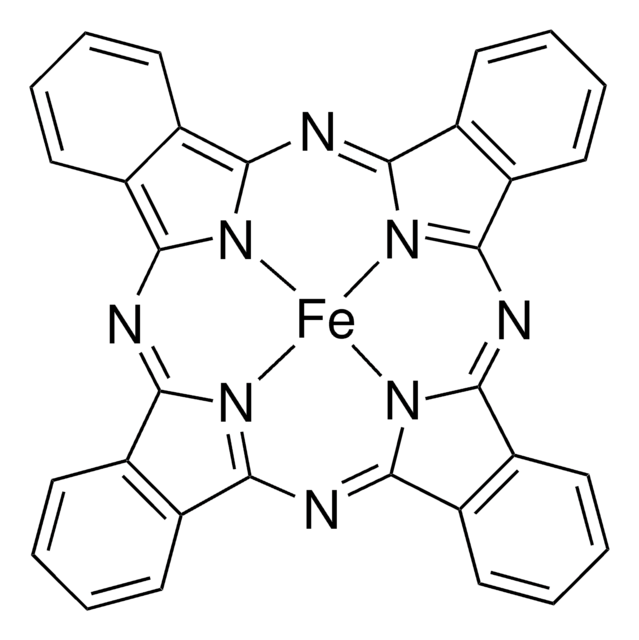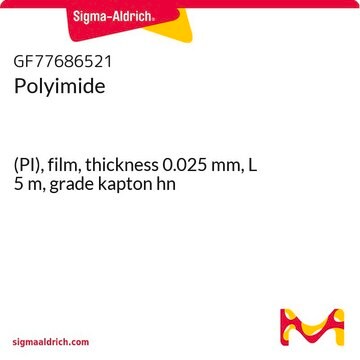310069
Iron(II,III) oxide
powder, <5 μm, 95%
Synonym(s):
Ferrosoferric oxide, Iron oxide black, Magnetite
About This Item
Recommended Products
Quality Level
assay
95%
form
powder
particle size
<5 μm
mp
1538 °C (lit.)
density
4.8-5.1 g/mL at 25 °C (lit.)
application(s)
battery manufacturing
SMILES string
O=[Fe].O=[Fe]O[Fe]=O
InChI
1S/3Fe.4O
InChI key
SZVJSHCCFOBDDC-UHFFFAOYSA-N
Looking for similar products? Visit Product Comparison Guide
Related Categories
General description
Application
- A starting material to synthesize Ca2Fe2O5 (srebrodolskite) microspheres via a single-stage flame spheroidisation (FS) process.
- A catalyst for reverse water gas shift reactions(RWGS).
Storage Class
11 - Combustible Solids
wgk_germany
nwg
flash_point_f
Not applicable
flash_point_c
Not applicable
ppe
dust mask type N95 (US), Eyeshields, Gloves
Choose from one of the most recent versions:
Already Own This Product?
Find documentation for the products that you have recently purchased in the Document Library.
Customers Also Viewed
Articles
Prof. Randal Lee discusses iron oxide magnetic nanospheres and nanocubes design considerations for biosensing applications.
An article concerning self-propagating reactions induced by mechanical alloying, presented by Sigma-Aldrich.com.
Magnetic materials find diverse applications from data storage to renewable energy.
Our team of scientists has experience in all areas of research including Life Science, Material Science, Chemical Synthesis, Chromatography, Analytical and many others.
Contact Technical Service





